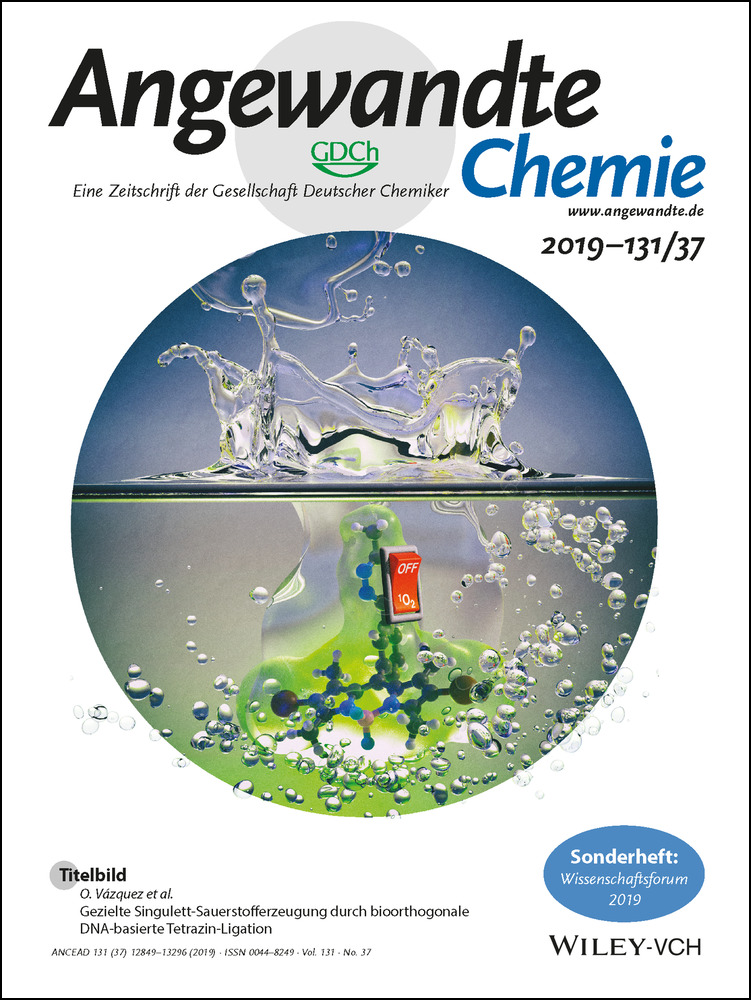Influencing Epigenetic Information with a Hydrolytically Stable Carbocyclic 5-Aza-2′-deoxycytidine
Dedicated to Professor Julius Rebek, Jr. on the occasion of his 75th birthday
Abstract
5-Aza-2′-deoxycytidine (AzadC) is an antimetabolite in clinical use, which reduces the level of the epigenetic modification 5-methyl-2′-deoxycytidine (mdC). AzadC is incorporated into the genome of proliferating cells, where it inhibits DNA methyltransferases (DNMTs), leading to a reduction of mdC. The loss of mdC, which is a transcriptional silencer in the promoter region found upstream of genes, leads to the reactivation of the corresponding gene, including tumor-suppressor genes, which elicits a beneficial effect. The problem associated with AzadC is that the compound is hydrolytically unstable. It decomposes during treatment to a variety of poorly characterized hydrolysis products. After its incorporation into the genome, this hydrolytic instability generates abasic sites. It is consequently difficult to dissect whether the activity of the compound is caused by DNMT inhibition or more generally by DNA lesion formation. We now discovered that a disarmed version of AzadC, in which the ribose oxygen was replaced by a CH2 group, is surprisingly stable under a variety of pH values while keeping activity against the DNMTs.




